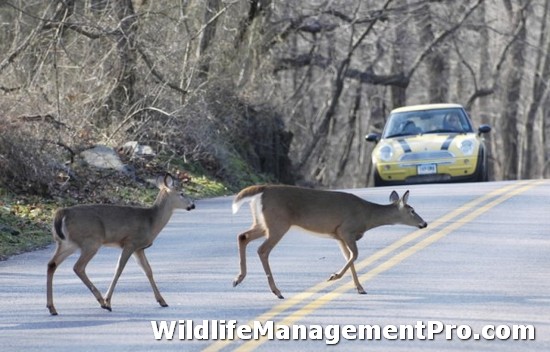If enjoy wildlife and native plants then it may be time to revisit deer management. Let’s face it, not every landowner has the same passion for white-tailed deer that many others do. They still however desire to have wildlife on their property. Some have never hunted and may never have plans to hunt deer. In fact, the thought of removing any wildlife from their property may seem counterintuitive to their goals of attracting wildlife. It is important for any landowner to understand that in order to provide the habitat necessary to attract a variety of wildlife you will likely have to become involved in deer management as part of an overall wildlife management program.
This does not mean that landowners must manage for trophy bucks, but all property owners should be concerned with deer population management. One of the biggest culprits of poor habitat conditions is the white-tailed deer. Deer eat plants and there is only a limited amount of them on a given piece of property. If deer populations are allowed to grow beyond the lands capacity to support those animals then you will begin to see a reduction in biomass, or plant material such as leaves and stems. Over just a short period of time this can greatly alter the habitat — the habitat used by both deer and other wildlife species.

The growth form of many native plants will change and you will likely even see the gradual disappearance of certain plant species. This loss of plant structure and diversity can greatly limit wildlife use of your property. By simply inviting guests out to hunt or leasing deer hunting access to an individual you will be improving the quality of habitat on your land and therefore attracting more wildlife. Doing nothing is not sound wildlife management, so make sure you are part of the solution rather than creating a problem. Just something to think about.